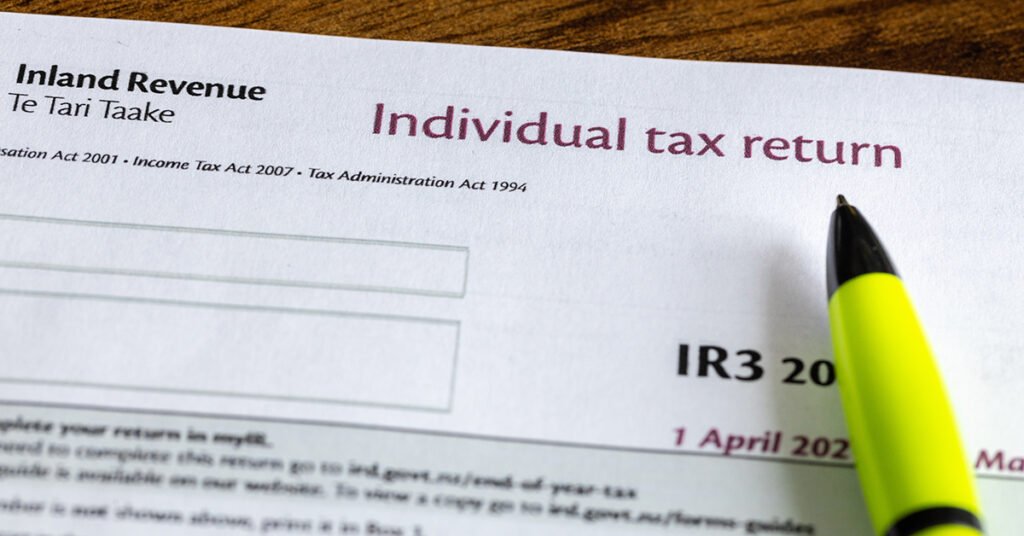Why New Zealand?
At iNZvest, most of our clients are based offshore and have invested or are considering investing in New Zealand. Common questions we get asked include ‘how is the economy performing since Covid’ and ‘how competitive is New Zealand’s tax regime compared to other countries’. In this article, we set out several key indicators of New Zealand’s economy and how it compares to others, and we also provide a brief overview of the competitiveness of New Zealand’s tax regime.
As of mid-2025, New Zealand’s economy (like most) is navigating a complex global environment marked by post-pandemic recovery, geopolitical tensions, and climate-related challenges. New Zealand has come out of a prolonged (2 year) recessionary cycle, but it maintains a stable macroeconomic foundation, and its performance relative to other selected OECD economies—Australia, Canada, the United Kingdom, reveals many strengths and a few vulnerabilities.
GDP and Growth Trends
New Zealand’s GDP stands at approximately USD$249 billion, placing it 53rd globally. Its annual growth rate is around 1.4%, in line with Canada (1.4%) slightly behind Australia (1.6%) and stronger than the UK (1.1%). (Source- IMF Real GDP Growth 2025). The average for advanced economies is 1.4%. This growth is driven by robust exports, particularly in agriculture and services, and a rebound in tourism. However, New Zealand’s GDP per capita remains lower than its peers—USD46,130, compared to Australia’s USD64,550, Canada’s at USD53,560 and the UK’s USD54,950 (IMF GDP per Capita 2025). This reflects both New Zealand’s smaller economic scale and lower productivity levels.
Inflation and Monetary Policy
Inflation in New Zealand has moderated to 2.7%, down from peaks in 2022–2023. This is within the targeted range and higher than Canada (1.9%) and Australia (2.1%) and lower than the UK (4.1%). Overall OECD average is 4.2%. The Reserve Bank of New Zealand (RBNZ) has maintained a cautious stance, keeping interest rates steady to support growth while ensuring price stability. The country’s monetary policy is considered effective, with a Monetary Freedom Index score of 87, slightly ahead of Australia (86.2) and the UK (85.5). (Inflation data OECD 6/25)
Employment and Labour Market
New Zealand’s unemployment rate is currently 5.1%, higher than Australia (4.0%) and the UK (4.3%), and but lower than Canada (6.4%). Labour force participation remains high, and wage growth is steady, though not keeping pace with inflation in some sectors. The country scores well on Labour Freedom (86.7), reflecting flexible labour regulations and a relatively low tax burden on workers (Employment data OECD 12/24)

Trade and External Sector
New Zealand is a highly open economy, with exports and imports each accounting for over 28% of GDP. Its trade balance remains slightly negative, with a current account deficit of around NZD $7.7 billion, but this is manageable given strong foreign reserves and stable capital inflows. Key export sectors include dairy, meat, wine, and tourism.
Government Finances and Debt
New Zealand’s government debt is relatively low at 45.2% of GDP, compared to Australia (49.7%), Canada (104.7%), and the UK (101.8%). The OECD member country average is 85%. This fiscal prudence has earned New Zealand it’s strong credit ratings (AA+ from S&P, Aaa from Moody’s). However, its budget deficit is slightly higher than Australia’s, at -3.54% of GDP, reflecting increased spending on healthcare, infrastructure, and climate adaptation. (Stats from IMF 12/2024)
Sectoral Composition and Innovation
New Zealand’s economy is heavily reliant on agriculture (6.6% of GDP) and services, particularly tourism and education. Industry, including construction, contributes around 19.2%, lower than Australia (24.1%) and Canada (22.8%). Innovation and technology adoption remain moderate. While the country invests in R&D and digital infrastructure, it lags behind the UK in tech exports and startup activity. Intellectual property receipts are modest, at NZD $540.5 million, compared to Australia’s $973.4 million.
Social Indicators and Quality of Life
New Zealand continues to rank highly in global quality-of-life metrics. Life expectancy is 81.7 years, close to Australia (82.5) and ahead of the UK (80.9). It also scores well on Human Freedom (8.94) and Government Integrity (93.9). Education and healthcare spending are robust, with government health expenditure at 19.75% of the budget, comparable to Australia’s 20.22%. The country’s education system is well-funded, though outcomes vary across regions.
Environmental and Sustainability Metrics
New Zealand is a global leader in environmental stewardship. Its adjusted net savings, which account for environmental damage, are 13.9% of GNI, significantly higher than Australia (5.6%) and Canada (6.2%). The government continues to invest in renewable energy, biodiversity protection, and climate resilience. However, challenges remain in reducing agricultural emissions and transitioning to a low-carbon economy.

Investment Climate and Business Environment
New Zealand offers a favorable investment climate, with high scores in Business Freedom (90.4) and Judicial Effectiveness (79.1). Corporate tax rates are competitive at 28%, lower than Australia (30%) and the UK (25%). Foreign direct investment (FDI) inflows are modest—around NZD $2.1 billion—but stable. The country’s small market size and geographic isolation limit large-scale investment, though niche sectors like agritech and tourism attract interest.

New Zealand’s economy in 2025 is performing well relative to its size and resources. It boasts strong growth, low debt, and high social and environmental standards. However, it faces challenges in productivity, innovation, and global competitiveness. Compared to Australia and Canada, New Zealand is more fiscally conservative and environmentally progressive. Against the UK, it offers greater stability and quality of life but lags in technological advancement and market scale. As global dynamics evolve, New Zealand’s ability to leverage its strengths—clean energy, sustainable agriculture, and social cohesion — will be key to maintaining its economic resilience and prosperity.
Tax
New Zealand’s tax regime offers several advantages compared to Australia, Canada and the UK, particularly in terms of simplicity, competitiveness, and treatment of wealth and international income.

Simplicity and Efficiency
New Zealand follows a “Broad-Base Low-Rate” (BBLR) model, emphasizing minimal exemptions and a streamlined structure. Its GST system is notably simple, with a flat 15% rate applied broadly across goods and services, unlike countries such as Canada and the UK, which have multiple rates and exemptions.
This simplicity reduces compliance costs and administrative burdens for businesses and individuals.
No Capital Gains, Inheritance, or Payroll Taxes
New Zealand does not levy general capital gains tax (except in limited cases), inheritance tax, or payroll taxes
This contrasts with countries like the UK and Canada, which impose capital gains and estate taxes, and Australia, which has payroll taxes at the state level. These omissions make New Zealand attractive for wealth preservation and succession planning.
Competitive Corporate Tax Environment
New Zealand ranks highly in international tax competitiveness, offering a corporate tax rate of 28% and a transparent system with few loopholes.
International Tax Benefits
New Zealand provides a four-year tax exemption on overseas income for new migrants, encouraging skilled and investor immigration.
It also has robust double tax agreements to prevent double taxation, like Canada and the UK.
Overall, New Zealand’s tax regime is attractive for its simplicity, fairness, and international friendliness, though it may lack the redistributive strength seen in more progressive systems.


